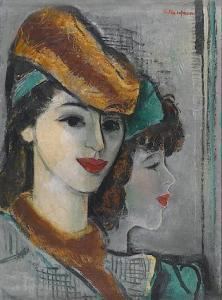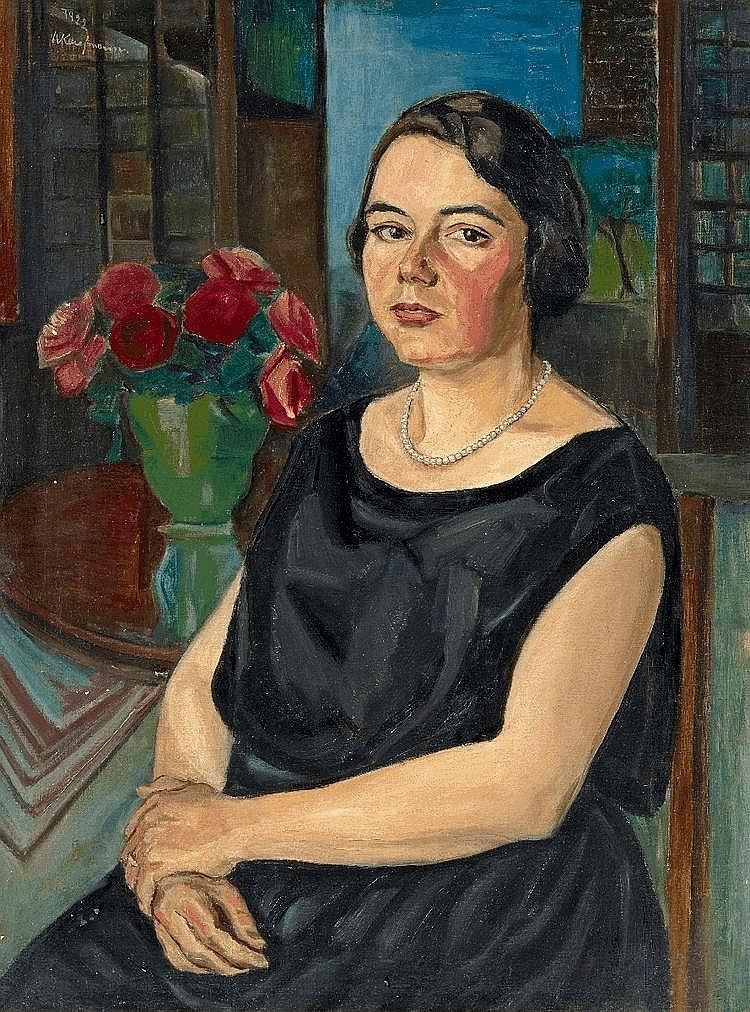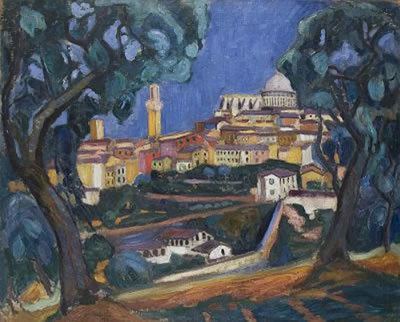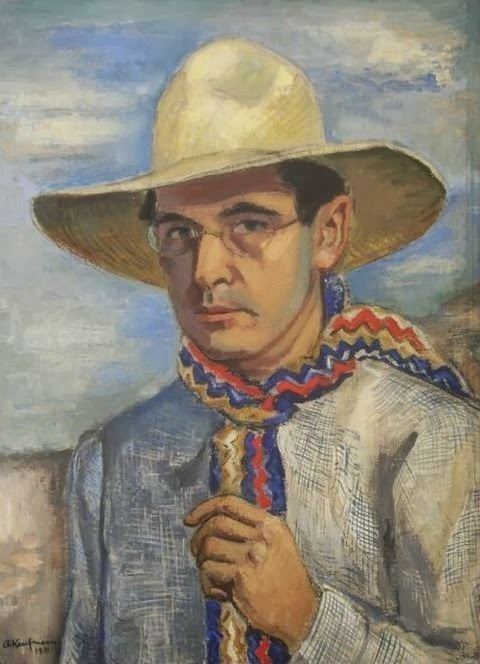Name Arthur Kaufmann Role Artist | Education Academie Julian | |
 | ||
Died 1971, Nova Friburgo, Rio de Janeiro, Brazil Books Paintings by Arthur Kaufmann: Anniversary Exhibit on the Occasion of the 70th Birthday of the Artist | ||
Sosaude pgm 370 obesidade alfredo halpern arthur kaufmann adriano segal
Arthur Kaufmann (1888–1971) was an avante-garde German painter, who was a key figure in the Post-Expressionist and New Objectivity art movements.

He was a founding member in 1919 of Das Junge Rheinland (Young Rhineland), a stylistically diverse group co-led by Herbert Eulenberg, Gert Wollheim, and Adolf Uzarski, which was united only by their rejection of academic art. Other members included Otto Dix, Theo Champion, Karl Schwesig, Walter Ophey, and Adalbert Trillhaase. During this era, he created such works as Contemporaries: Düsseldorf's Intellectual Scene (1925) and his Portrait of Betty Kohlhaas and Jankel Adler (1927).

Jewish in origin, Kaufmann was labeled "non-Aryan" by the Nazis in 1933 and discharged, along with many of his colleagues, from his post at the Düsseldorf School of Applied Arts. He relocated to the United States, embarking upon a career as a celebrated portrait painter. He specialized in depictions of well-known Jewish men, including such diverse luminaries as Hollywood actor Edward G. Robinson, physicist Albert Einstein, and composer and painter George Gershwin (whose affidavit was responsible for Kaufmann's safe departure from Germany). His portrait of Gershwin is now held by the National Portrait Gallery at the Smithsonian Institution.

